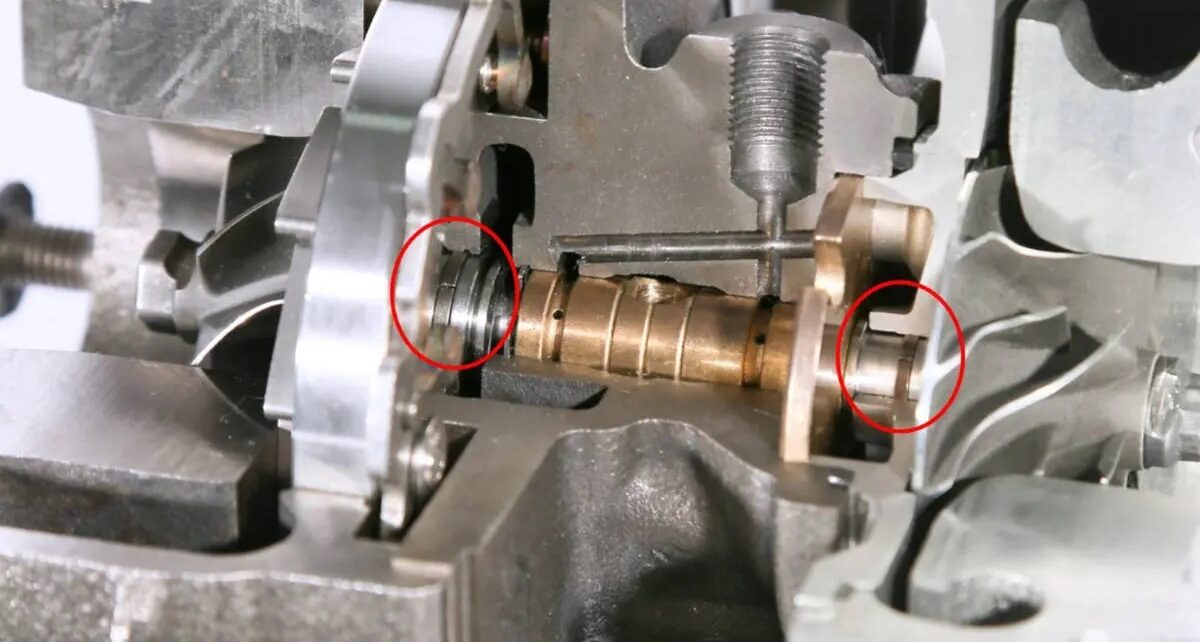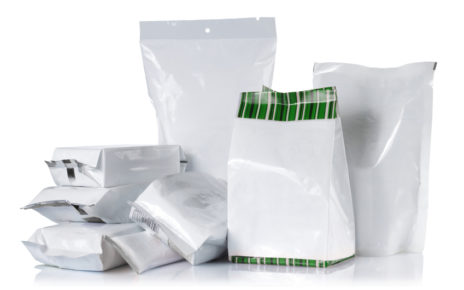Labyrinth ring seals play an indispensable role in turbines, compressors, and rotating equipment by regulating leakage and enabling optimal performance. Let’s explore the intricacies of their complex parts and gain a better understanding of their purpose and importance.
What Are Labyrinth Seals and How Do They Work?
Also called labyrinth ring seals or laby seals, they are non-contacting seals that utilize a winding route to restrict and control the leakage of gases or fluids. They consist of a cylindrical sleeve containing a series of grooves or teeth that create a convoluted pathway.
As the fluid attempts to pass through this passage, the constant change in direction causes turbulence that decelerates the flow and induces pressure buildup. This curtails leakage to acceptable quantities.
Tight Clearances
The clearances between the teeth are tightly controlled to further minimize leakage. Typical radial clearances range from 0.013 to 0.026 inches for gas labyrinth seals. The gap distance combined with the labyrinth configuration determines the seal’s leakage rate.
Operating Without Contact
A key advantage of a labyrinth ring seal is that no surfaces touch during operation, eliminating friction and associated wear. This enables them to handle extreme temperatures from -320°F in cryogenic applications up to over 1000°F in steam turbines.
Key Benefits of Using Labyrinth Seals
There are several compelling reasons why labyrinth seals are the preferred solution in turbines, compressors, and other rotating machinery. Here are some of them:
Reliable and Low Maintenance
With no rubbing parts, springs, or auxiliary systems, labyrinth seals are highly reliable and require little maintenance over decades of use. Their uncomplicated design allows straightforward installation and upkeep.
Resist Corrosion
Properly designed labyrinth seals stand up well in highly contaminated or dirty environments. They resist corrosion and erosion while maintaining tight clearances.
Cost-Effective
Compared to contacting seals, labyrinth seals are an economical solution over the long term due to their simplicity and lack of maintenance needs. Their non-contact operation also eliminates the cost of replacing worn seal faces.
Types of Labyrinth Seal Configurations
There are several tooth profile designs used in labyrinth seals, each with its own strengths:
Straight-Through Labyrinth Seals
This is the simplest form with parallel teeth, enabling gradual pressure drops. Straight labyrinths effectively regulate leakage at low to moderate-pressure differentials.
Stepped Labyrinth Seals
Stepped labyrinths contain teeth of progressively increasing length, allowing higher pressure capability. The longer teeth enable tighter clearances and improved resistance.
Staggered Labyrinth Seals
Staggered seals offset the teeth from one ring to the next, generating a fully interrupted passageway for minimized leakage. This style manages extremely high pressures.
Serrated Labyrinth Seals
Serrated seals utilize sawtooth-shaped teeth to disturb the fluid flow. They preserve tight clearances while resisting particle erosion.
Engineered Custom Labyrinth Solutions
Experienced manufacturers can engineer fully customized labyrinth seals tailored to your specific requirements. These include labyrinth seals up to 10 inches in diameter for all turbine and compressor models.
Computer-controlled CNC machines allow high-accuracy productions and specialized tooth forms. This results in the regular supply of straight, stepped, staggered, and angled labyrinth seals. You just have to provide your specifications or an existing sample, and the manufacturer can replicate or improve the design.
Precision Manufacturing Process
To fabricate labyrinth seals, an advanced split-and-mill technique is used that enables the tightest tolerances and roundness. The workpiece is split into two sections, precision milled, and then rejoined.
The finished seal is then inspected as a complete assembly to simulate real-world conditions, guaranteeing proper fit with no leakage between halves. All seals receive match-marks for accurate site installation.
Typical Materials Used
- Bronze
- Aluminum
- Nickel Alloys
- Corrosion-Resistant Cast Iron
Seals from various metals and alloys can be manufactured to handle a range of temperatures, pressures, and environments. Once you provide your specific application, suitable materials will be selected.
Reach Out to a Trusted Labyrinth Seal Supplier
For laby seals with unparalleled performance and tight clearances, turn to a supplier and manufacturer in your area with decades of experience and a good track record. Clients catered to include major OEM turbine and compressor builders in the oil and gas, petrochemical, power generation, and other key industries. Seals for all makes and models of turbines and compressors can be manufactured and supplied.





